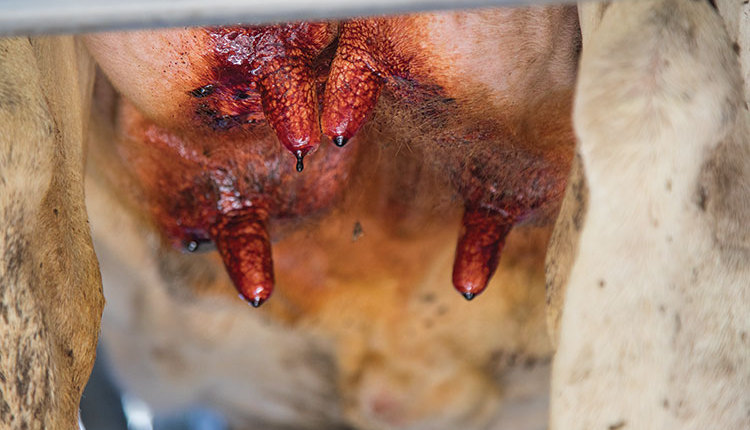The author is a veterinarian with master’s degrees in business management and clinical counseling. He works with farm families on management, asset transfer, communication, and conflict resolution.

There were seven of us sitting around the table. Sam, Brad, and Ben were the father and two sons who owned the farm. Jason was the herdsman, Earl the nutritionist, and Dr. John, the veterinarian. I served as facilitator for this profit team. Earlier that morning, we walked by the calves, heifers, dry cows, and lactating animals to observe housing and animal condition. Then we moved to the farm office to review records.
We did a SWOT analysis, considering the farm’s strengths, weaknesses, opportunities, and threats. Some brainstorming followed, with all of us sharing ideas about how the farm could improve animal performance and herd profit.
The most important part of the meeting was creating an action list. For this farm it was:
- Jason will immediately start putting activity devices on heifers one month earlier to better detect heats and reduce age at first calving. He will also evaluate if each heifer is big enough for breeding.
- Within one week, Ben will contact Penn State to schedule an evaluation of the milking equipment and milking procedures.
- Earl will obtain information on various programs to monitor feed intake and related information. He will have this information when he makes his routine visit in two weeks.
- At the next herd check, Dr. John will begin ultrasounding calf lungs to identify subclinical pneumonia. These animals will be further evaluated for either treatment or culling.
- I will write a summary of the meeting and send it out to all as a means to hold all accountable.
- We will schedule the next meeting in three months.
The action list identifies who is going to do what, and when, to move the farm forward. Without this step, everything else tends to be a waste of time. No lasting improvement happens until someone does something different.
This scenario is an accurate portrayal of an effective profit team in action. Does something similar happen on your farm? If so, how often? What are you doing to stay abreast of the best herds in our industry? Whether we like it or not, the saying “If you are not getting better, you are slipping behind” is very true.
I retired from full-time work 10 years ago. Since then, I have been privileged to serve as the facilitator on several profit teams throughout Pennsylvania. I have witnessed dramatic changes in herd performance. The goal of 6 pounds of components per cow per day has been replaced with 7 pounds because the best herds are making 7.5 pounds or more. Similar progress has occurred with udder health and reproduction.
Of course, having a profit team does not guarantee this improvement will happen. Certainly, you can make progress on your own. Yet taking time with other knowledgeable people, who know both your farm and the industry, can generate ideas that may not occur to you by yourself. The meetings can take place as often as once a month or as seldom as once a year, depending on the size of your herd and current situation. Just be sure to create the action list at the end of the meeting.
There is a cost associated with a profit team. Your time is valuable, as is everyone else’s who participates. Some of them will need to send you a bill. Consider their fee as an investment in your future, and perhaps your children’s future. An effective team will easily pay for itself.











